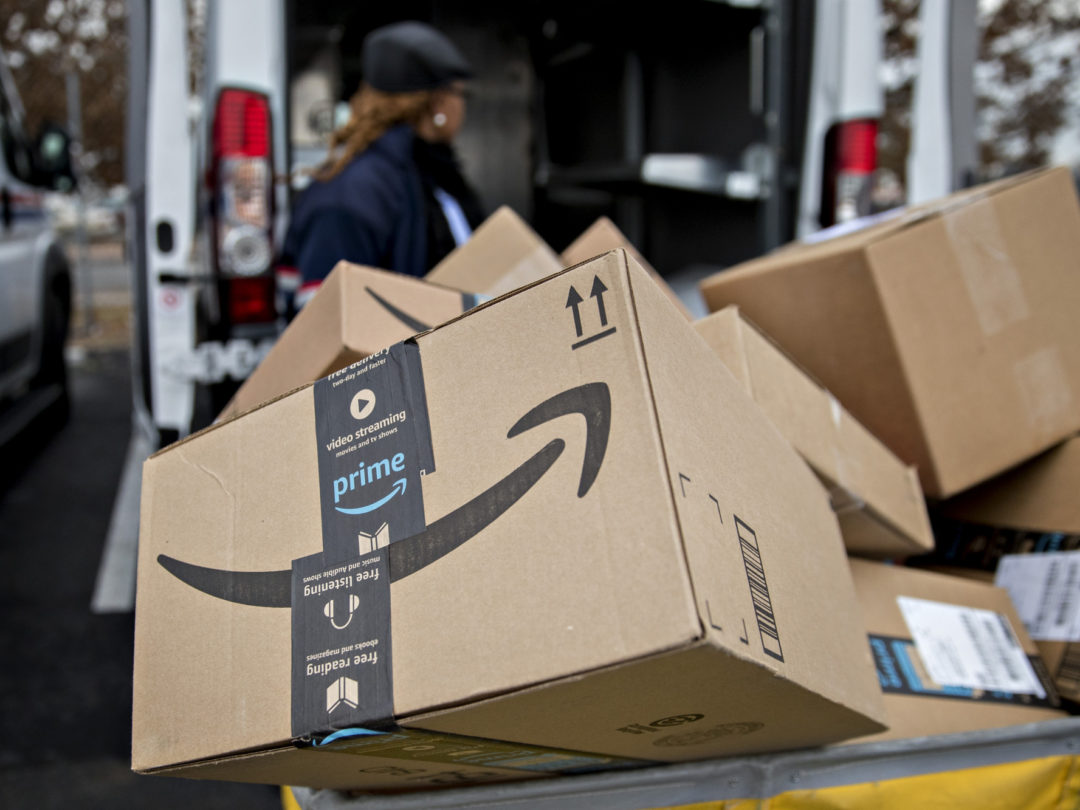
The rapid growth of e-commerce continues to create new challenges for retailers as they plan distribution strategies. One of those challenges is managing the high volume of returns. One in three shoppers returns items, and more than half read a company’s returns policy before making a purchase. Retailers lose $50 billion annually due to inefficiencies in processing returns, and distribution centers handling returns need 15% to 20% more space than a traditional facility.
Returns not only impact warehouse operations, but are also a key driver of revenue. Narvar recently reported that nearly a third of new customers won’t shop at a retailer again due to a poor returns experience, and 62% of shoppers exchange or replace an item they return. Today, optimizing reverse logistics is just as important as fulfillment when planning a distribution strategy.
Here are three important questions to consider when optimizing reverse logistics:
- How well do you provide an easy returns process and commit to faster processing?
- What processes and space do you need to ensure efficient receiving, processing and disposition management?
- How can you speed up “return-to-stock” processing and increase the recovery value of unsaleables?
Last year, Optoro reported that 87% of consumers preferred to return merchandise to a store rather than mailing it back, but only 59% of retailers surveyed allowed in-store returns. Still, many offer a self-service online portal for generating a return authorization and downloadable shipping label. Recent data suggests that consumers prefer an automated process that’s easy and provides visibility throughout the return journey.
Regardless of how retailers choose to engage their customers during the returns process, there’s a real challenge with what to do with returns, and how to manage them profitably on the back end. Real-time visibility and analytics are key to understanding the who, what, why and where of returns. Without accurate data, retailers will find it difficult to determine which capital and resources are necessary to efficiently manage processing and disposition.
Analytics can also help unlock cost-reduction opportunities, identify potential inventory problems in fulfillment, and uncover fraudulent returns that are costing you margin. Are you carefully considering carrier and service selections for returns in the same way you do outbound shipments? Can you trace returns to specific distribution centers, pickers or procedural problems? Do you have processes in place to identify and track illegitimate returns, and those due to handling damage?
Pure-play companies often factor into the cost of their products and services the expectation that a significant number of items ordered will be returned at some point. Traditional retailers should leverage analytics toward a similar view, as a larger percentage of sales shifts from stores to e-commerce channels.
Lastly, it’s vital for retailers to quickly return saleable merchandise back to the shelf and recover maximum value for unsaleables, in order to optimize inventory and increase net sales. Partnering with a third-party liquidator can also give retailers access to a broad secondary market, allowing them to gain capacity and increase recovery value.
E-commerce will continue to grow, and could eventually exceed brick-and-mortar sales. These same challenges are now impacting the B2B market as well. No longer can reverse logistics be put on the back burner. Planning an end-to-end omnichannel strategy is essential to long-term success. Handling returns efficiently and profitably requires holistic capabilities and a roadmap built around people, processes, and technology.
Craig Leifeld is an account executive at Fortna.







